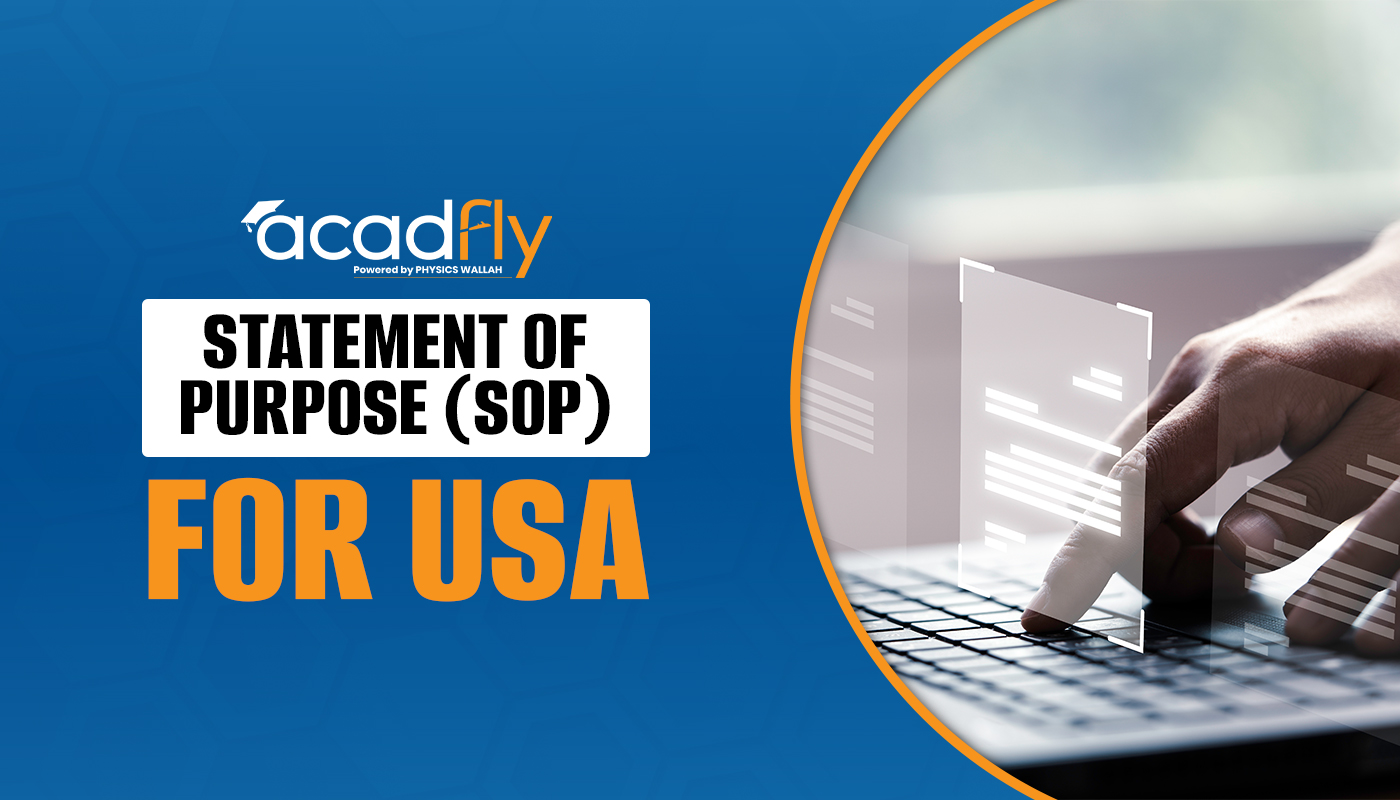

When planning to study in Australia, international students often explore various financial assistance options to cover tuition and living costs. Australia student loans are among the most popular education finance options for students seeking support. These loans, combined with scholarships and grants, offer flexible solutions to make studying in Australia more accessible. Understanding the range of education finance options Australia provides is crucial to ensuring that you can manage the financial demands of studying abroad effectively.
Study Loans for International Students Australia: Overview
Navigating the financial landscape of studying abroad can be daunting for international students, and Australia offers a variety of options to help ease this burden. Australia student loans are designed specifically for those looking to finance their education in this vibrant and diverse country. These loans can cover tuition fees, living expenses, and other associated costs, making it easier for students to focus on their studies rather than financial worries. By understanding the available options, students can make informed decisions that align with their financial situations and academic goals.
In addition to student loans, there are numerous education finance options in Australia, including scholarships and grants offered by universities and government bodies. These funding opportunities can significantly reduce the overall cost of education and help students avoid excessive debt. Prospective students need to research various options and apply for multiple funding sources to enhance their financial support. With the right approach, international students can find a combination of loans and scholarships that allow them to pursue their academic dreams in Australia without the stress of financial limitations.
Australian Student Loans for International Students: Eligibility Criteria
To secure Australia student loans, international students must meet specific eligibility criteria established by lenders and educational institutions. This understanding is crucial for those planning to study in Australia, as it significantly impacts their ability to finance their education. Loans are designed to cover tuition fees and living expenses, so being aware of the requirements is essential. Fulfilling these conditions enables students to access financial assistance, facilitating a smoother educational journey.
1. Admission to an Accredited Institution
Students must be enrolled in a recognized Australian university or educational institution to qualify for loans. This ensures that the institution meets the necessary quality standards for international education funding, allowing students to benefit from the financial support they need. Verification of enrollment through official documents, such as acceptance letters or student IDs, is often required by lenders.
2. Course Duration
Most lenders require that the course of study is full-time and spans a minimum duration, typically one year. Programs that are part-time or shorter may not be eligible for student loans, making it essential for students to choose appropriate courses that meet this criterion. Additionally, students should ensure their course is eligible for funding by checking with their institution and potential lenders.
3. Proof of Financial Need
Applicants may need to demonstrate their financial need through documentation of income or savings. This helps lenders assess the borrower’s ability to repay the loan after graduation, ensuring that loans are granted to those who genuinely require financial assistance. Students might be required to submit bank statements, scholarship letters, or parental support documents as proof of their financial situation.
4. Age Requirement
Many lenders set a minimum age requirement, often around 18 years, to ensure that students are legally capable of entering into a loan agreement. Additionally, some lenders may impose upper age limits for borrowing, making it essential for students to verify their eligibility. Students under 18 may need parental consent or a co-signer to secure a loan.
5. Creditworthiness
Although international students may lack an extensive credit history in Australia, lenders evaluate creditworthiness based on factors such as income and financial stability. In certain cases, a co-signer may be required to enhance the chances of loan approval, making this an important consideration for applicants. A good credit score can significantly improve loan terms, interest rates, and approval chances.
6. Residency Status
Some lenders require students to hold a valid visa to study in Australia, emphasizing the importance of being legally recognized in the country. International students must ensure they comply with visa conditions, as violations can affect their eligibility for loans. Students should have a valid Student Visa (subclass 500) to confirm their status as legitimate international students.
7. Loan Amount Limits
Most lenders impose limits on the amount that can be borrowed, often based on the cost of tuition and living expenses. Students must carefully assess their financial needs and understand the maximum loan amounts they can secure. Knowing these limits helps students create realistic budgets and avoid over-borrowing, which can lead to financial strain.
8. Loan Repayment Terms
Students should be aware of the repayment terms associated with the loans they apply for, including interest rates and repayment schedules. Understanding these terms is vital for managing future financial obligations effectively. Some loans may offer flexible repayment plans, while others may require immediate repayment upon graduation, impacting the overall cost of borrowing.
9. Additional Documentation
Students may be required to submit additional documentation, such as a valid passport, academic transcripts, and a detailed study plan. These documents help lenders assess the student's commitment to their studies and provide a clearer picture of their academic goals. Proper preparation of these documents can expedite the loan application process and improve approval chances.
10. Language Proficiency
International students whose first language is not English may need to demonstrate language proficiency through standardized tests like IELTS or TOEFL. This requirement ensures that students can effectively engage with their academic programs and understand course materials. Meeting the language proficiency criteria is often crucial for both admission and loan approval processes.
Study Finance for Australian Universities: Available Loan Programs
Australian student loans are essential for international students looking to finance their education in Australia. Various loan programs are available, offering flexible terms and conditions to meet the diverse needs of students. Below is a table highlighting some of the key loan programs designed to support international students studying in Australia.
|
Loan Program |
Description |
Eligibility |
Interest Rate |
Repayment Terms |
|
Government-Funded Loans |
Loans offered by the Australian government for local students may have provisions for international students under certain conditions. |
Typically for local students, some options may be available for international students. |
Varies, often subsidized. |
Starts after graduation or when the income threshold is met. |
|
Bank Loans |
Personal loans from Australian banks tailored for international students, covering tuition and living expenses. |
Proof of enrollment in a recognized institution is required. |
Market rates vary by lender. |
Flexible repayment options, often beginning after studies. |
|
Private Loans |
Loans from private lenders are specifically designed for international students, usually with a quick application process. |
Valid student visa and enrollment in an eligible program. |
Higher rates than government loans. |
Typically starts after graduation. |
|
University-Specific Loans |
Some universities offer their loan programs to support international students with financial needs. |
Enrollment in a specific program at the university offering the loan. |
Varies by university. |
May offer deferred repayment options. |
|
Scholarship-Linked Loans |
Loans that combine scholarships and loans, reduce the total amount to be repaid. |
Eligibility for scholarships at the institution. |
Usually lower than standard loan rates. |
Repayment terms are usually based on the loan component. |
|
Study Now Pay Later Programs |
Programs allow students to study without upfront fees, and pay the tuition after graduation. |
Typically requires enrollment in a participating university. |
Interest rates may apply after graduation. |
Repayment begins after securing employment. |
|
Credit Union Loans |
Loans available through credit unions offer favorable rates for members, including international students. |
Must be a member of the credit union, proof of enrollment is required. |
Competitive rates are often lower than banks. |
Flexible repayment options tailored to student income. |
|
Educational Finance Companies |
Private companies offer tailored loans for education purposes, often with quick processing times. |
Enrollment in a recognized institution and financial assessment are required. |
Varies, are typically higher than government loans. |
Repayment terms vary; some allow grace periods. |
These loan programs can provide vital financial support to ensure that students can focus on their studies while managing their financial obligations. Always review the specific terms and conditions of each loan program before applying.
Student Funding for Studying in Australia: Scholarships
Studying in Australia can be a significant financial commitment, but various scholarship opportunities are available to help international students manage costs. These scholarships can cover tuition fees, living expenses, or even travel costs, significantly easing the financial burden of studying abroad. Here's an overview of some key scholarship options for international students seeking funding in Australia.
1. Australia Awards Scholarships
Australia Awards Scholarships are prestigious scholarships offered by the Australian government to citizens of select countries. These scholarships aim to promote knowledge, education, and links between Australia and its neighboring regions. They cover full tuition fees, living expenses, health insurance, and travel costs, making them an excellent option for students seeking comprehensive support.
2. Destination Australia Program
The Destination Australia Program is designed to attract international students to regional Australia. It provides scholarships of up to AUD 15,000 per year for students studying in regional areas. This program not only supports students financially but also encourages them to experience life in Australia's vibrant regional communities, helping them gain a unique perspective on Australian culture.
3. University-Specific Scholarships
Many Australian universities offer scholarships specifically for international students. These can vary in value and eligibility criteria, often targeting students based on academic merit, leadership skills, or specific fields of study. Prospective students should research the scholarship options available at their chosen institution, as many universities provide financial aid to help ease tuition costs.
4. Research Training Program (RTP) Scholarships
The Research Training Program (RTP) offers scholarships for international students pursuing higher degree research. These scholarships cover tuition fees and provide a living allowance, making them an attractive option for students engaged in research-focused programs. RTP scholarships are awarded based on academic merit and the potential for research excellence.
5. Endeavour Leadership Program
The Endeavour Leadership Program provides funding for international students to undertake study, research, or professional development in Australia. The program offers financial support for travel, establishment costs, and living expenses. It aims to foster leadership skills among international students, allowing them to build valuable connections and gain unique experiences during their time in Australia.
6. International Student Scholarships
Several Australian institutions offer dedicated scholarships for international students, focusing on attracting talented individuals from diverse backgrounds. These scholarships typically cover partial tuition fees and are awarded based on academic achievement, community involvement, and potential to contribute to the campus environment. Students should check their university's website for specific details on available scholarships.
7. Government and Non-Government Scholarships
Various organizations, including government agencies and non-profit organizations, provide scholarships for international students in Australia. These scholarships may have specific eligibility requirements and can vary in the amount of funding offered. Students should explore options such as the Fulbright Program, which provides funding for students from the United States to study in Australia.
8. Scholarships for Specific Fields of Study
Some scholarships are targeted at students pursuing specific fields, such as STEM (Science, Technology, Engineering, and Mathematics), health, or the arts. These scholarships aim to support students in disciplines that contribute significantly to the Australian economy and society. Prospective students should research scholarships that align with their area of study to maximize their funding opportunities.
Frequently Asked Questions
1. What are the eligibility criteria for student loans in Australia?
2. How do international students apply for loans in Australia?
3. Can international students get government loans in Australia?
4. Are there any scholarships available for international students in Australia?
5. How much can I borrow with a student loan in Australia?









